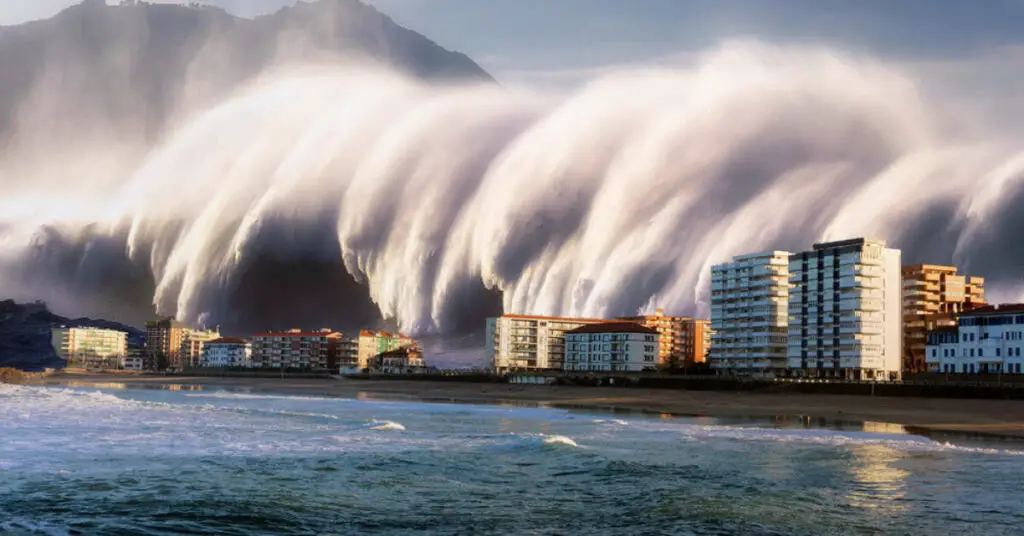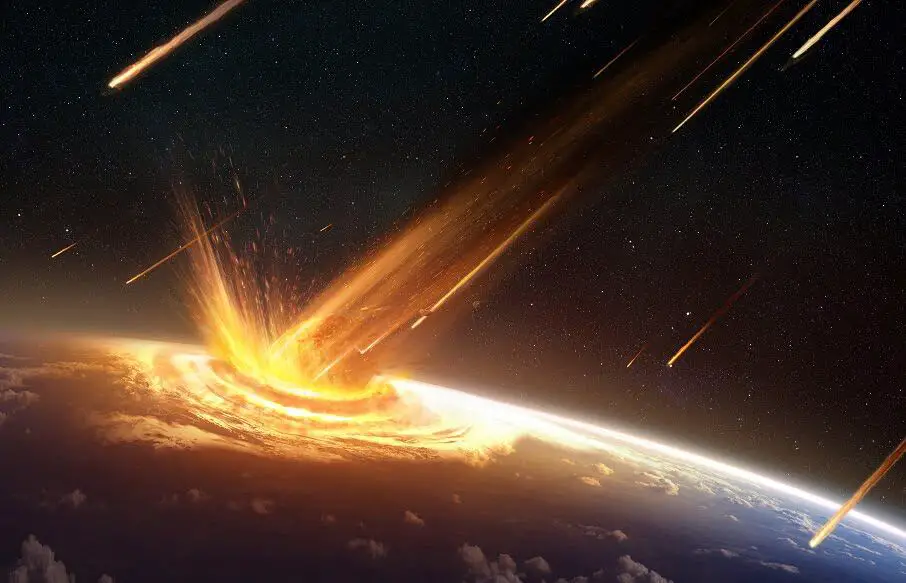Constructive forces build or create new landforms. Destructive forces destroy or break down existing landforms. The other significant difference is that constructive forces are usually slow processes, whereas, destructive forces are sudden and rapid in nature.
In this article, I am gonna walk you through some of the most significant constructive vs destructive forces differences. We will also talk about some of the similarities between the two. So, without wasting any time, let’s dive right in…!!!
Constructive Forces vs Destructive Forces
| Constructive Forces | Destructive Forces | |
| 1. | Constructive forces build new landforms or structures. | Destructive forces destroy existing landforms or structures. |
| 2. | Constructive phenomena are usually slow processes. | Destructive phenomena are sudden and rapid. |
| 3. | These forces add material to landforms. | These forces remove material from landforms. |
| 4. | These forces can lead to the accumulation of sediment. | These forces can lead to the removal or transportation of the sediment. |
| 5. | Constructive forces promote biodiversity and ecosystem development. | Destructive forces disrupt ecosystems and lead to habitat loss. |
| 6. | Constrictive forces are associated with constructive forces of weathering and deposition. | Destructive forces are associated with the destructive forces of erosion and mass wasting. |
| 7. | These forces help to provide resources such as fertile soil, minerals, and water. | These forces deplete resources such as soil, minerals, and water. |
| 8. | These forces are often associated with constructive plate boundaries. | Destructive forces are associated with the destructive forces of erosion and mass wasting. |
| 9. | Constructive forces are beneficial for human settlements. | Destructive forces pose risks for human settlements. |
| 10. | Examples of constructive forces are Plate Tectonics, River Erosion, Reef Building, etc. | Examples of destructive forces are Hurricanes, Tornadoes, Avalanches, etc. |
What are Constructive Forces?

By definition, constructive forces are a type of force that adds new materials, hence creating new landforms on the earth’s surface. These forces are typically associated with tectonic activity, volcanic eruptions, and sedimentation. They basically work to build and shape the landscape, leading to the formation of new mountains, valleys, and other geological features.
These forces can lead to the accumulation of sediment. They also promote biodiversity and ecosystem development. No wonder these phenomena are usually slow processes. And, yet, These forces help to provide resources such as fertile soil, minerals, and water.
Constructive Forces Examples in Real Life
Some of constructive force examples are:
- Plate Tectonics
- River Erosion
- Human Constructions
- Coastal Erosion
- Ocean Currents
- Volcanic Eruptions
- Sedimentation
- Earthquakes
- Glaciers
- Wind Erosion
- Reef Building
- Meteorite Impacts, etc.
What are Destructive Forces?

By definition, destructive forces are a type of force that removes materials, hence destroying landforms and structures on the earth’s surface. These forces are typically associated with weathering, erosion, and mass wasting, all of which contribute to the gradual breakdown and removal of geological materials.
In fact, these forces can lead to the removal or transportation of the sediment. They are related to the disruption of ecosystems that can lead to habitat loss. Since these phenomena are sudden and rapid, as a result, can deplete resources such as soil, minerals, and water.
Destructive Forces Examples in Real Life
Some of destructive forces examples are:
- Hurricanes
- Tornadoes
- Tsunamis
- Deforestation
- Climate Change
- Earthquakes
- Draughts
- Landslides
- Forest Fires
- Avalanches
- Sinkholes, etc.
That’s it for this post. If you like this article, share it if you like, like it if you share it. You can also find us on Mix, Twitter, Pinterest, and Facebook. Hey man, If you have come this far, do give us feedback in the comment section. It would make my day. You can also make a donation. Your donations will help us to run our website and serve you BETTER. Cheers!!!
You might also like:
- 10 Differences Between Laminar and Turbulent Flow
- Centripetal vs Centrifugal Force: How They Affect Motion!!!
- Compare and Contrast Balanced and Unbalanced Forces
- Little g vs Big G – Differences & Similarities in Tabular Form
- Difference Between Renewable and Nonrenewable Energy Resources (Tabular Form)

